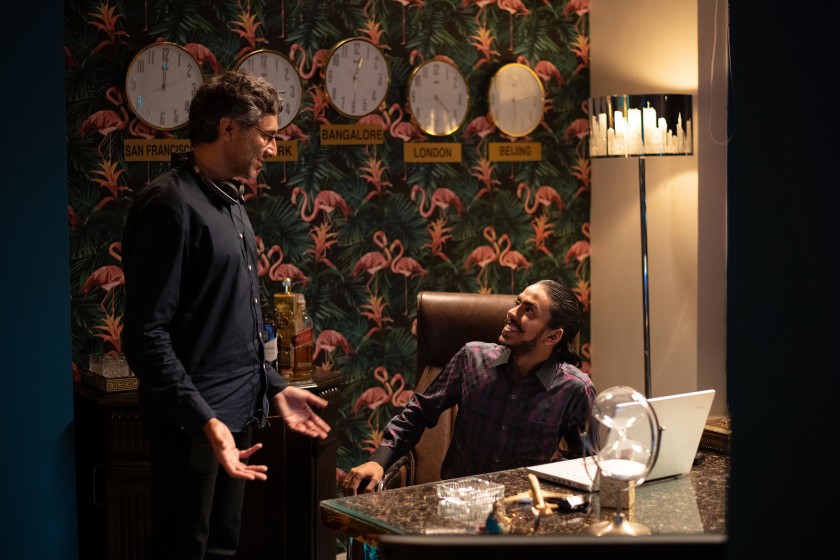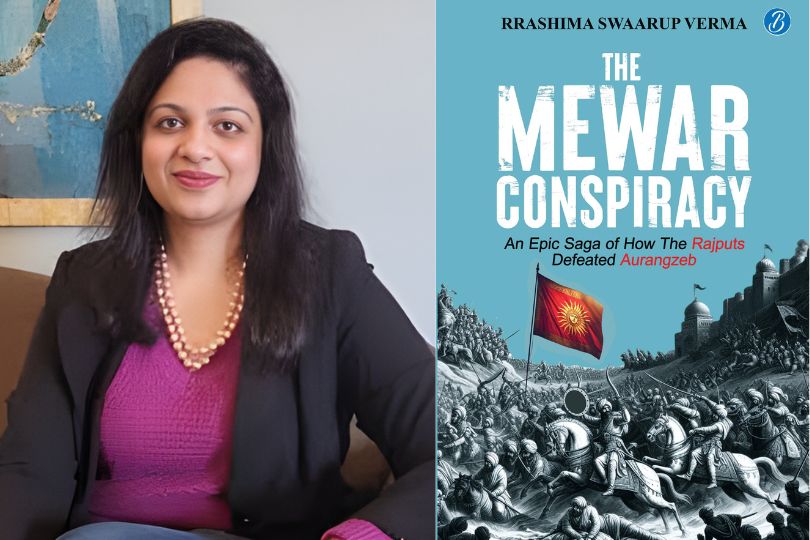To get to a final draft, I was excited to do what I love most in the writing process: research. I love learning about worlds and characters I don’t know. When I set out to India, Aravind gave me great advice: travel by bus, by foot, not by a chauffeured air-conditioned car. Try to see the country like a servant. I walked all the locations in the novel by foot.
I went to Delhi, Gurgaon, Dhanbad, Agra and the Bihar region, which reminded me of the Iranian villages my dad grew up in and where I had lived for three years after college. Everything about Balram’s village felt personal to me.
It was 110 degrees as I walked through Old Delhi. I saw the rooster coop near Jama Masjid. I spoke with rickshaw drivers and chauffeurs in parking lots waiting for their masters at Connaught Place shopping center, where I saw counterfeit copies of “The White Tiger” being sold next to big sellers like “Harry Potter,” “7 Habits of Highly Influential People” and, of course, “The Joy of Sex.” All of it gave me a feeling of the characters and world that inspired Aravind.
When we scouted luxury apartment towers, where Balram’s master would live, I went straight to the parking garages to find the drivers and servants. I spent hours hearing their stories. I asked them if they saw a path to a better life. One of the older drivers looked up from his newspaper and said, “politics.” They all laughed, until a young man looked up from his phone and muttered, “crime.” Then someone turned up Bollywood music and they returned to their card game and phones.
In the novel and the film, Balram commits a central and divisive act, a criminal act. Rather than judge him, I wanted audiences to understand what led Balram to his decision. So I reread some of the great Black novels that I know inspired Aravind, “Native Son” and “Invisible Man.” When you are poor or working-class and live in a democracy where the rich and powerful run a rigged system, what choice do you have to escape your fate?
I left the parking garage of drivers, underneath those tall luxury towers in Delhi, thinking to myself, “Aravind got it right.” I hope the script and film do justice to his incredible book.
Frontlist | Ramin Bahrani put his friend’s book on-screen
Frontlist | Ramin Bahrani put his friend’s book on-screenon Jan 28, 2021

A decade later, times have changed. Netflix was excited to back me in telling a story set in India with an entirely Indian cast, on a budget needed for the epic story of Balram, a servant trapped in a rigged system who rises up to become a free man, a “white tiger.”
A challenge I was looking forward to in writing the script was tackling the tone of the novel. Despite its searing subject matter, the book has a playful, sarcastic humor that I wanted to maintain. It also has big tonal shifts — the first half is quick and light, the second half darker, more contemplative. As Balram tries to break free from servitude and betrayal, he loses a grip on reality. It was a chance for me to take a risk cinematically into new terrain to capture the strange ways Aravind takes us into Balram’s unraveling mind.
I decided early on to follow the novel’s lead and use first-person narration. I had only used voice-over in a short film, “Plastic Bag” (featuring Werner Herzog’s voice as a plastic bag!), so I studied favorites like “Jules and Jim,” “Fight Club” and “Goodfellas.” Balram’s voice-over helped tell the sprawling tale, spanning childhood, his life as a servant, and his rise to successful entrepreneur. His sarcastic observations helped provide specific cultural context.
Aravind adiga
Debut Novel News Frontlist
Indian Author News Frontlist
Indian authors
Netflix
Netflix Show Based On Indian Author
The white tiger



.jpg)






.jpg)

.jpg)

.jpg)

.jpg)
.jpg)










Sorry! No comment found for this post.